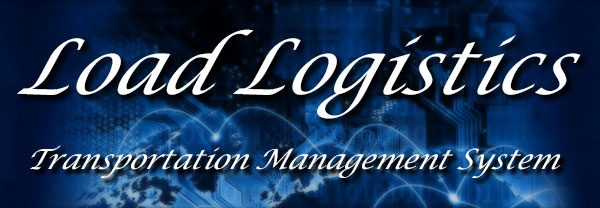These days, logistics managers need to achieve higher productivity TMS Return on Investment (ROI) levels and deliver better customer service at a lower cost, faster than their competition. Some wonder if they can achieve their goals with the resources available to them.
Many organizations turn to a transportation management system software, or TMS, for the answer.
Thanks to Software-as-a-Service (SaaS) technology, shippers can now implement a TMS at a lower cost and with fewer disruptions, while retaining control of daily tactical operations.
But what ongoing cost and performance improvements can a newly implemented transportation management system software deliver, rather what is the ROI of a TMS?
After the shine wears off, a growing number of shippers are left wondering how to achieve ROI after year two, and whether managing software is the best use of their finite resources.
In a 2011 survey of logistics managers, by ARC Advisory group, they suggest that transportation management system software does offer a strong ROI, stating that more than 40% felt if they were to give up their TMS and go back to manual process, that their total freight spend would increase by 5-10%.
They then provide details around the ROI of a transportation management system software in 6 key areas:
- Increased Usage of Preferred Carriers (process enforcement to make sure the best carriers on a lane are selected for moves)
- Better Procurement Negotiations (ability to collect and analyze data for better business decision making)
- Lower Cost Mode Selections (hard costs freight savings having the ability to choose the lowest cost if you want)
- More Fully Loaded Equipment (Optimization)
- Better Routing (Optimization)
- Reduction in Carrier Overcharges (data available in the system, but also integrated services for things such as freight payment & audit, as well as freight claims)
They provide the following table to show the savings opportunities for the most common TMS freight savings categories.
| Savings Buckets | No Savings | Savings <2% | Savings 2-4% | Savings 5-7% | Savings 8-10% | Savings >10% |
|---|---|---|---|---|---|---|
| Increased Usage of Preferred Carriers | 32.70% | Most Common | Largest Possible | |||
| Better Procurement Negotiations | 42.30% | Most Common | Largest Possible | |||
| Lower Cost Mode Selections | 30.80% | Most Common | Largest Possible | |||
| More Fully Loaded Equipment | 44.20% | Most Common | Largest Possible | |||
| Better Routing | 30.80% | Most Common | Largest Possible | |||
| Reduction in Carrier Overcharges | 38.50% | Most Common | Largest Possible |
The combination of transportation management system software plus managed services represents the next step in transportation management.
Instead of committing to complex TMS technology investments, software plus managed service allows shippers to shift limited resources to strategic projects that drive ongoing value. It mixes and matches these capabilities to current and future needs. And because the enterprise is not encumbered by costly infrastructure, it is able to accelerate the adoption cycle and achieve clear, sustainable ROI.
Adding managed services to their TMS model helps shippers pick up where their transportation management system software investment leaves off – while still providing all of the TMS benefits such as retaining control, eliminating capital investment, and making better business decsions. The software plus managed services TMS platform is geared to the demands of an uncertain business environment that requires logistics professionals to get there faster, and thus can achieve a faster ROI.
Published by Adam Robinson : Transportation Management System Software: What’s the ROI?. : Cerasis.com, 2013.
